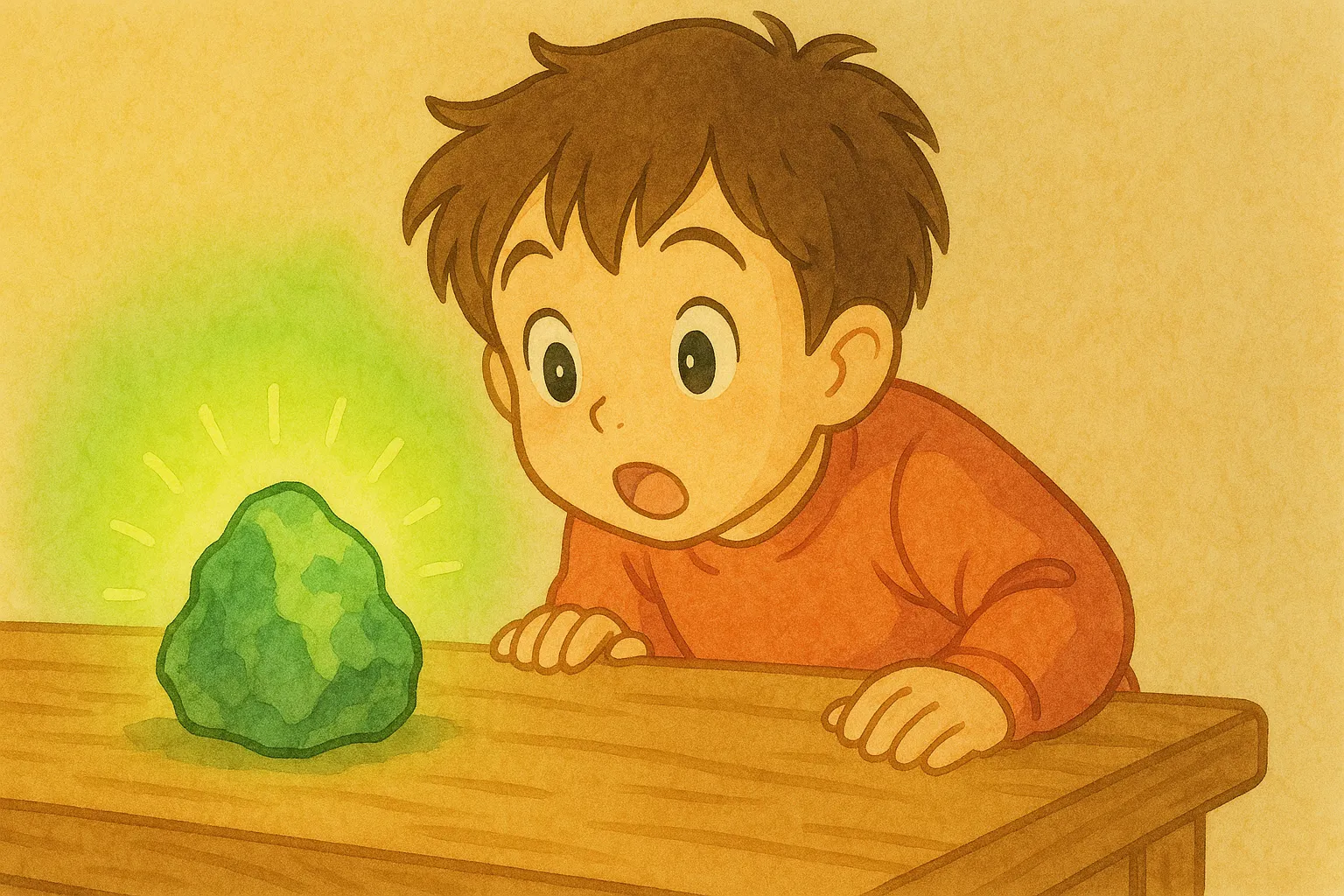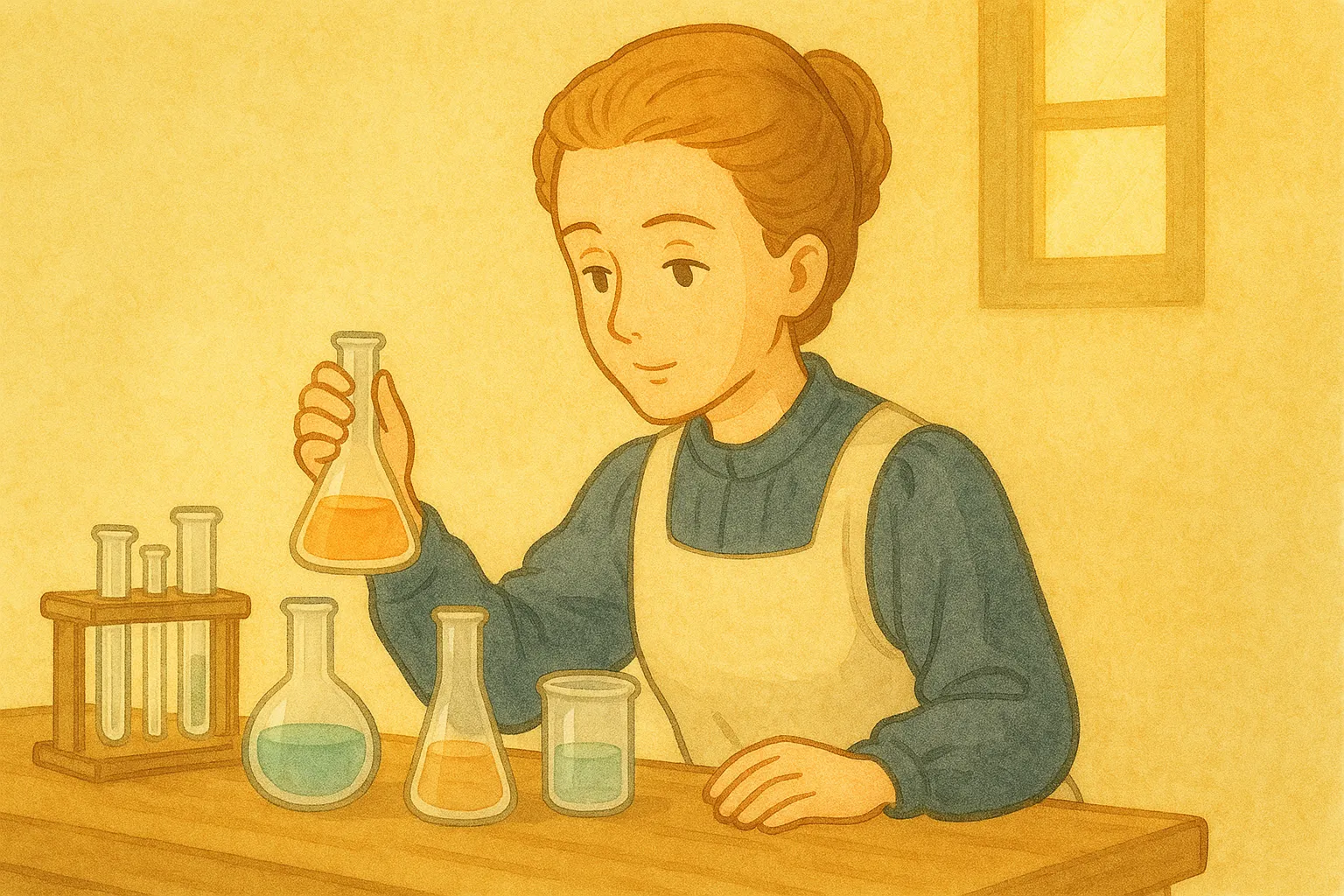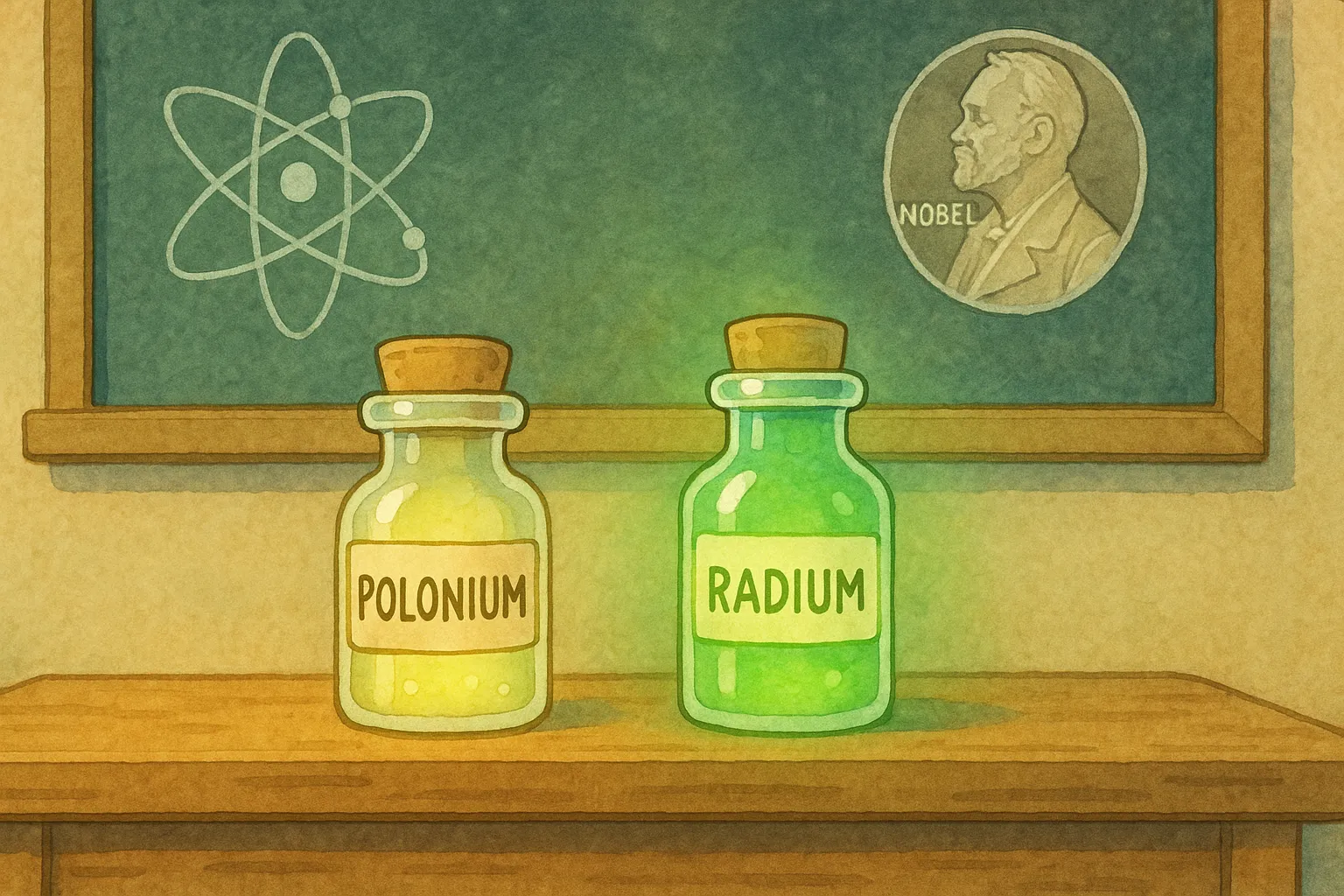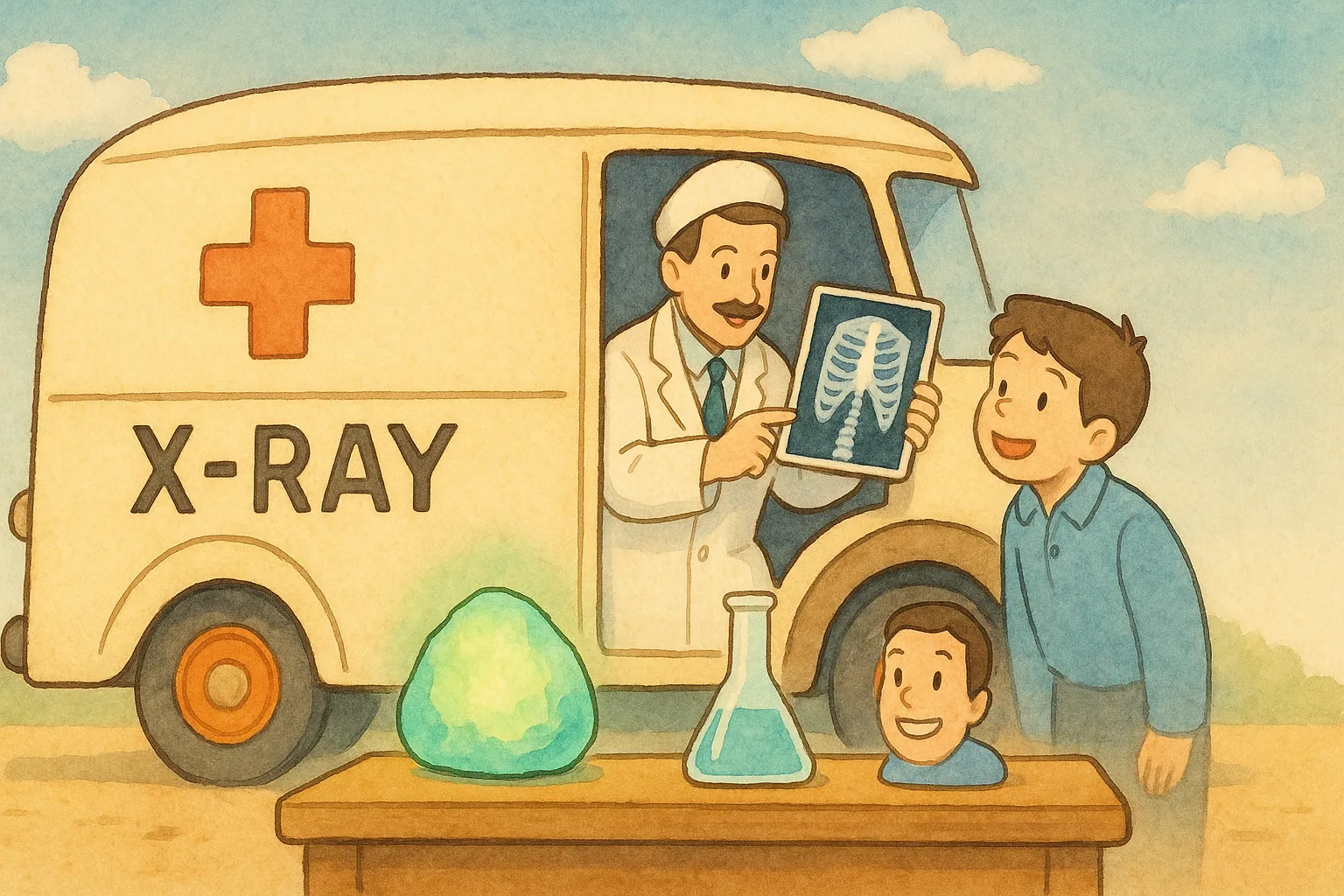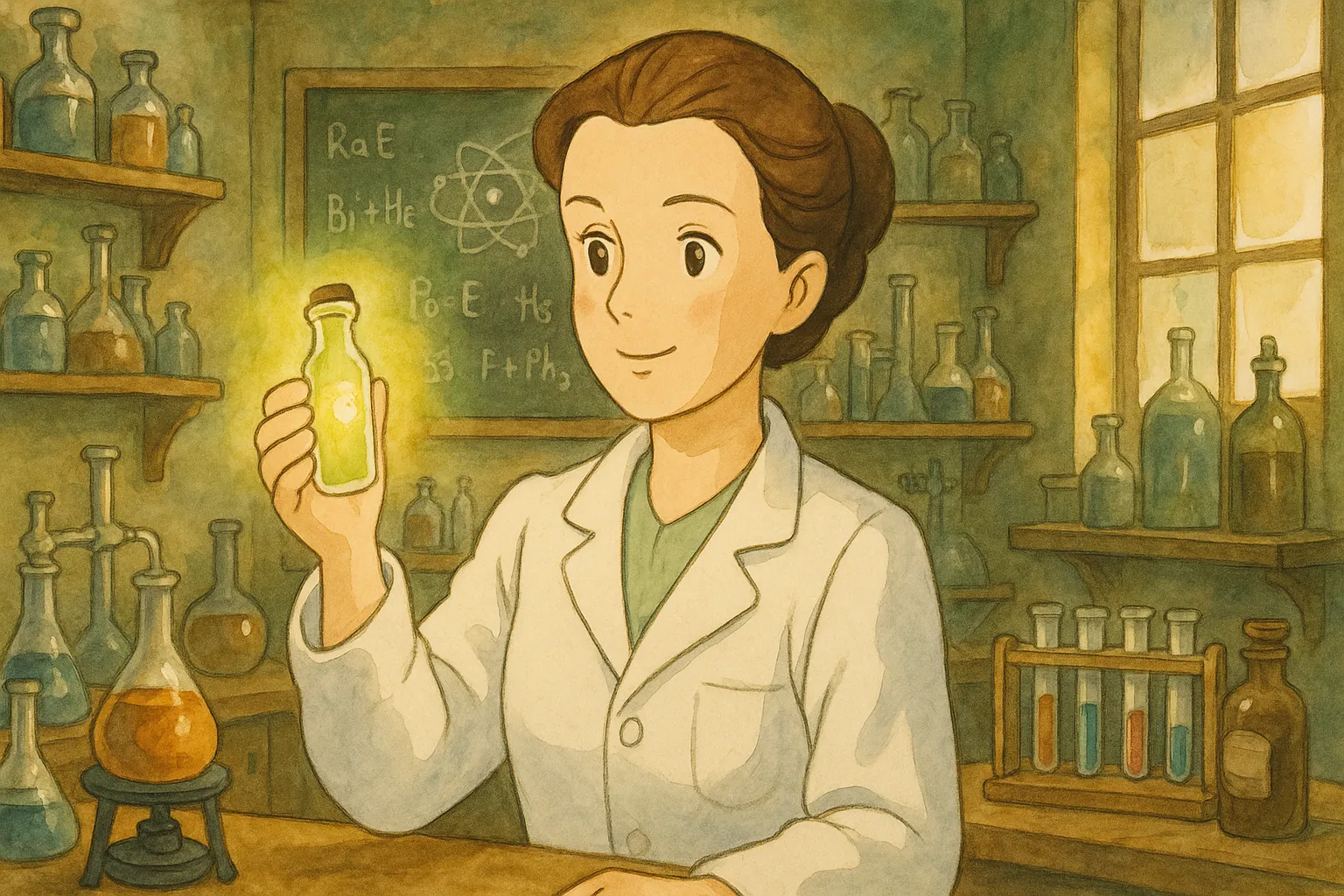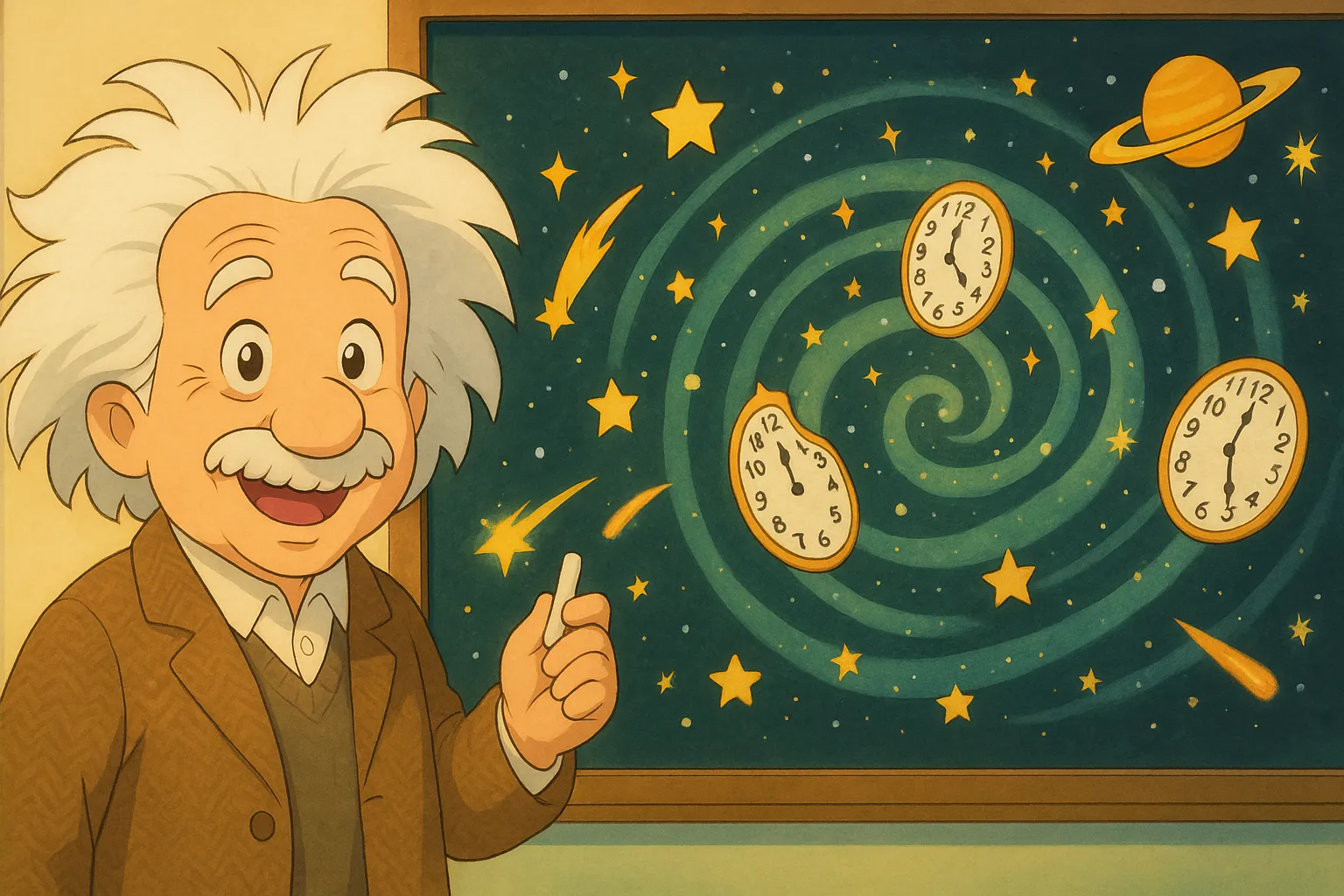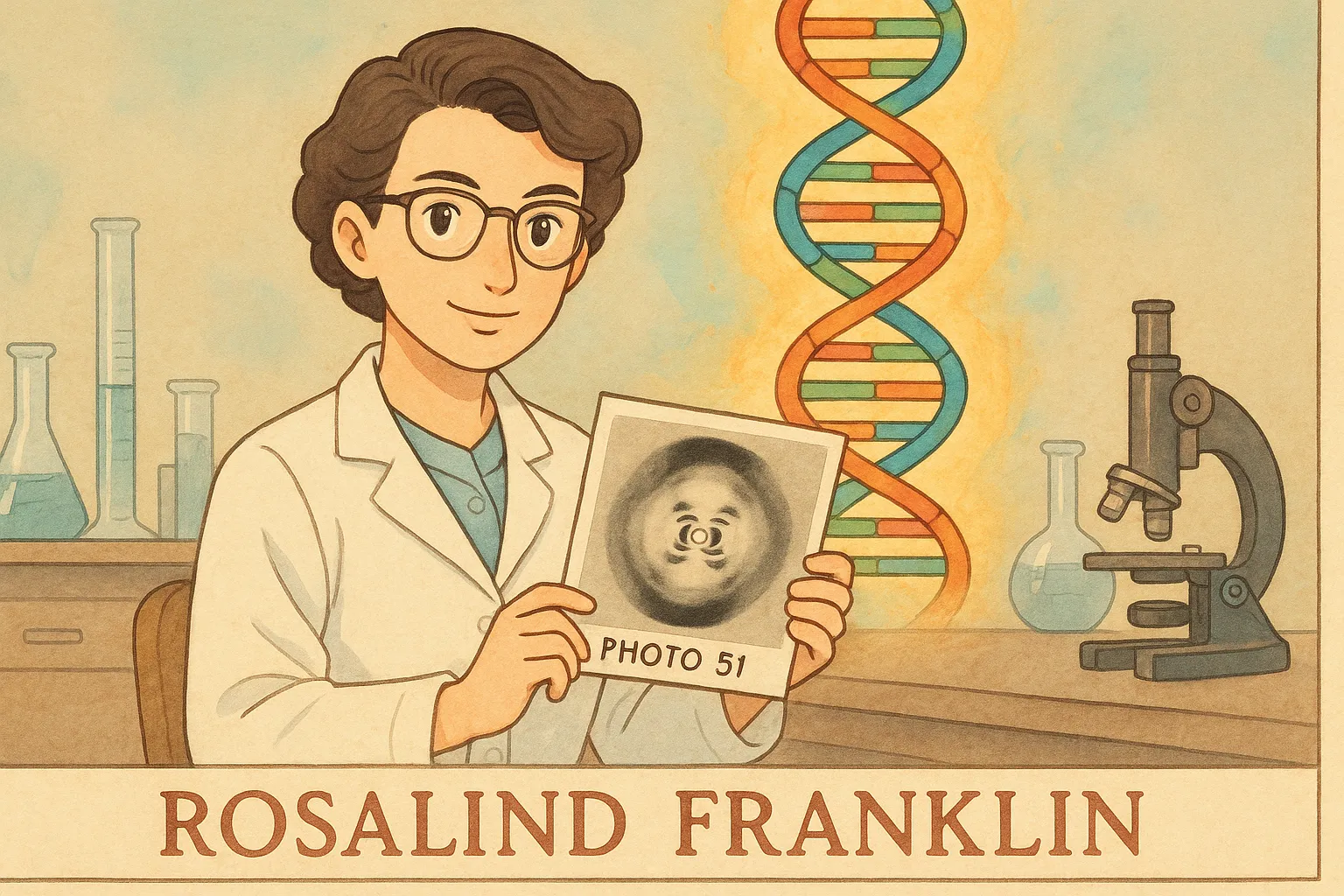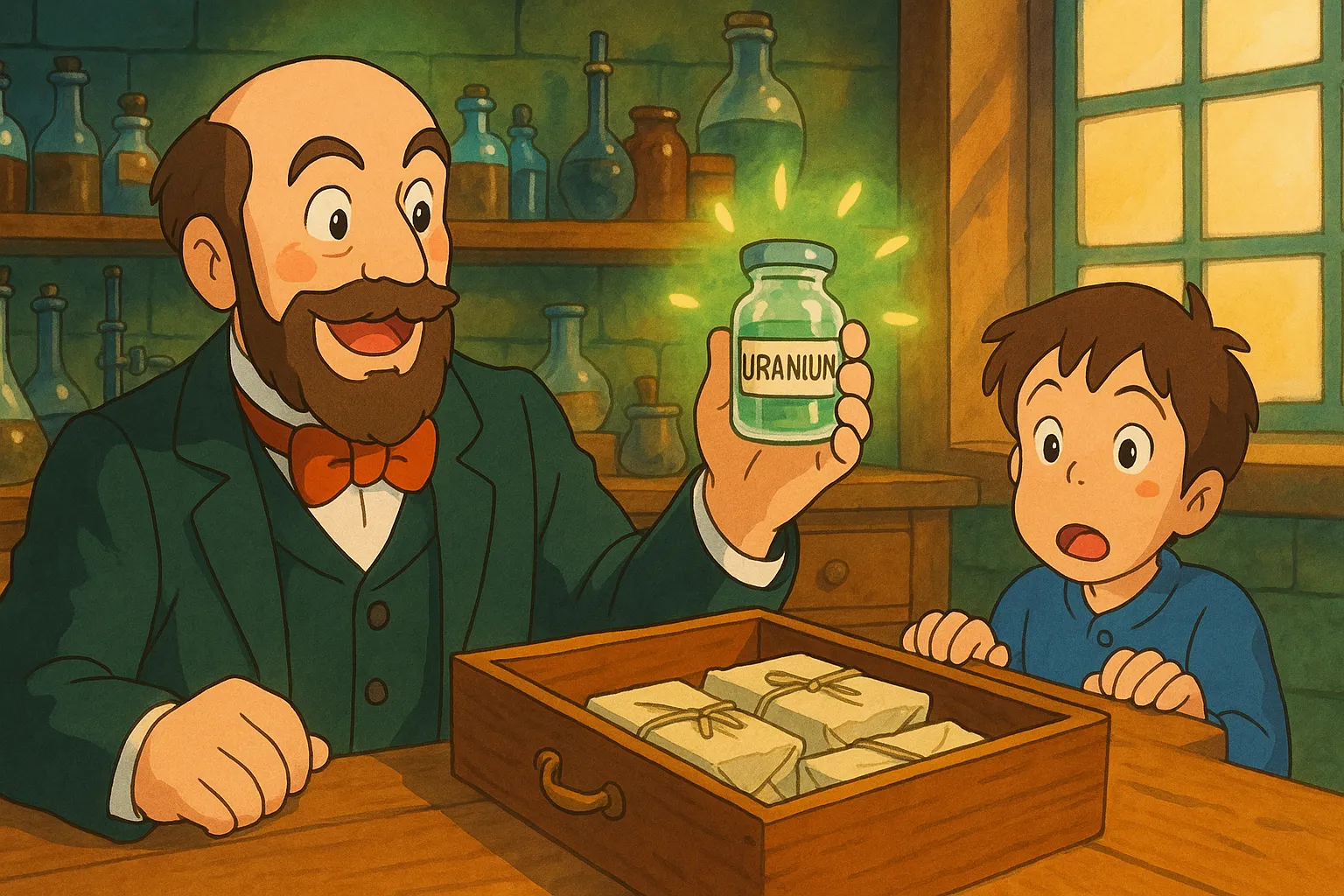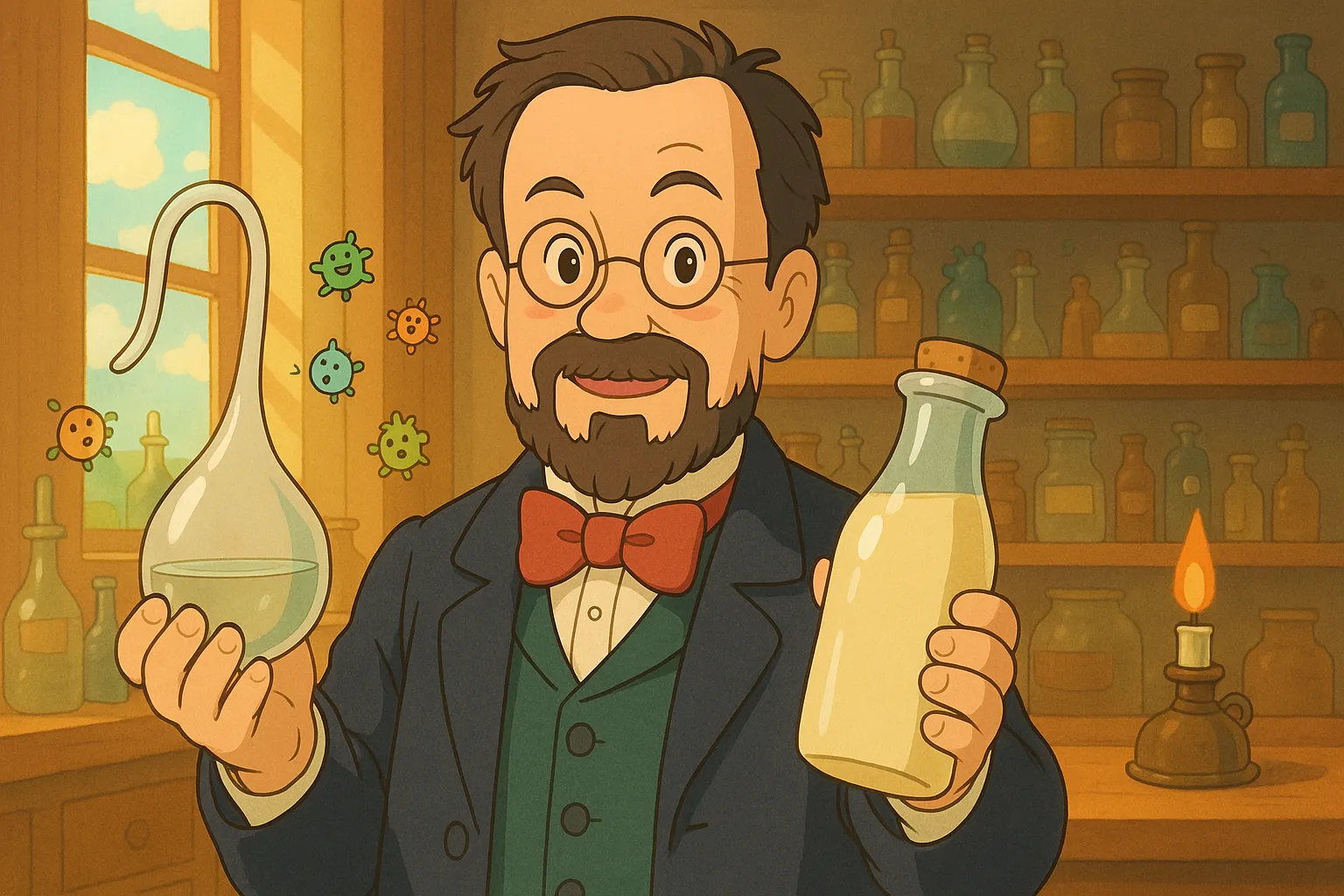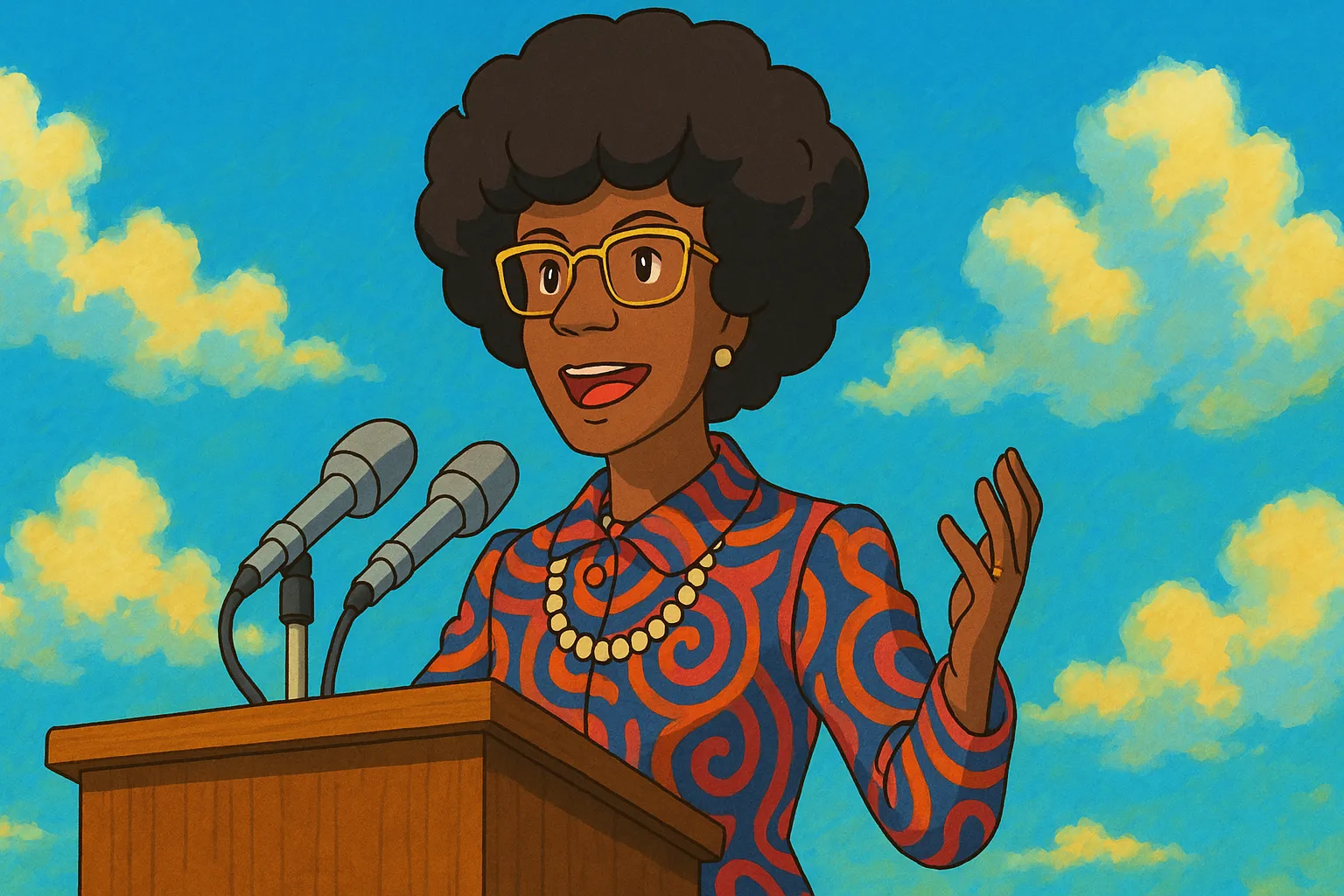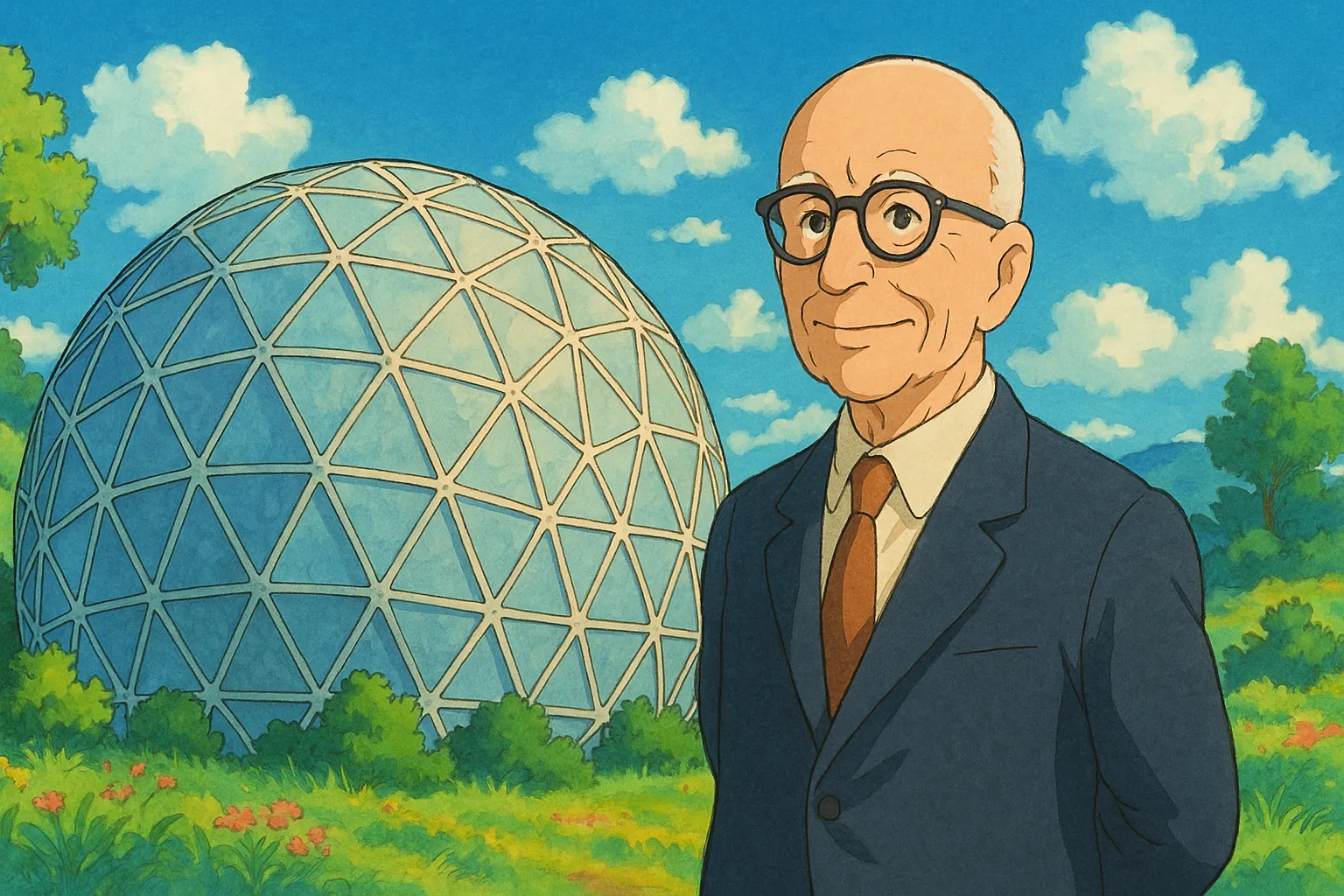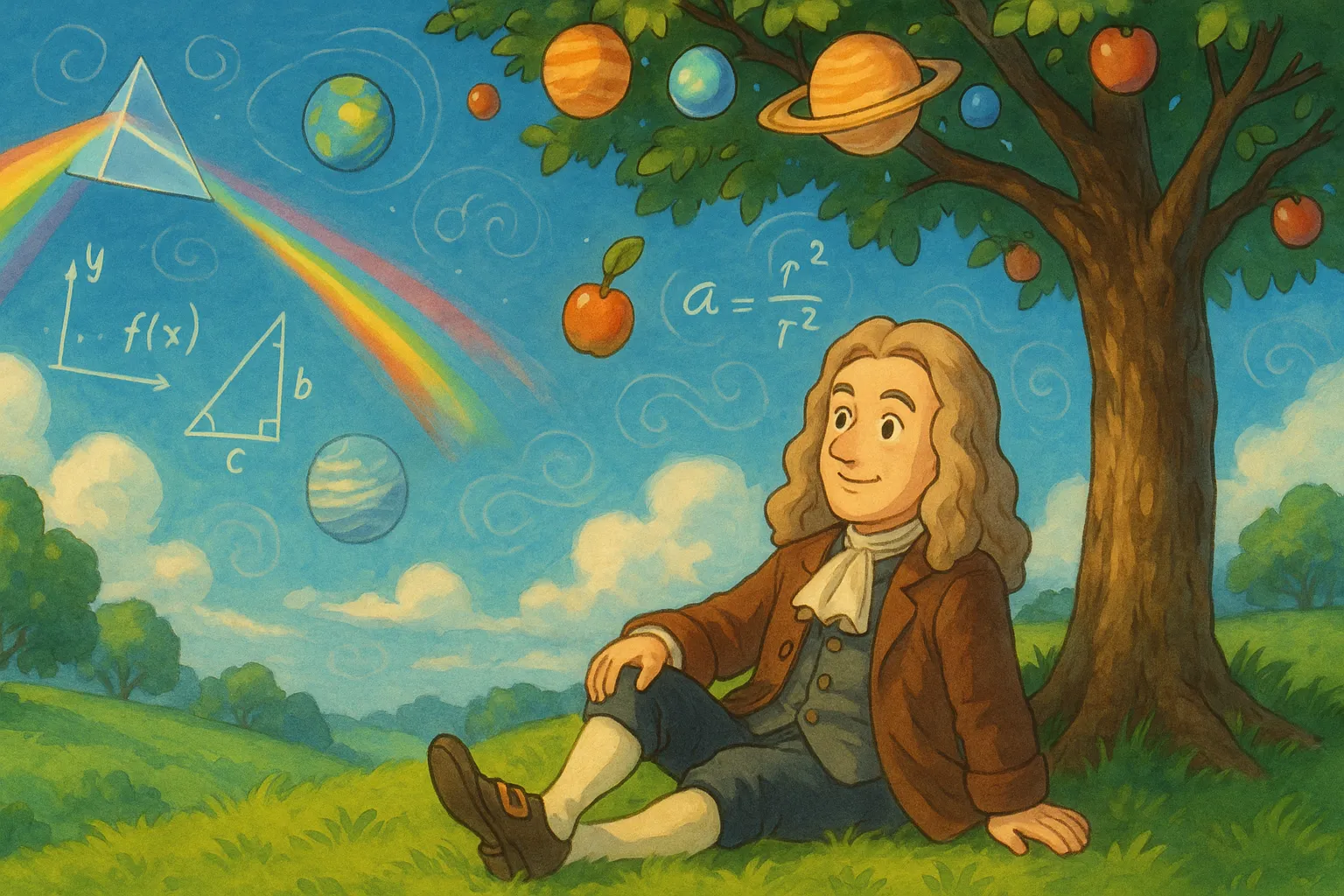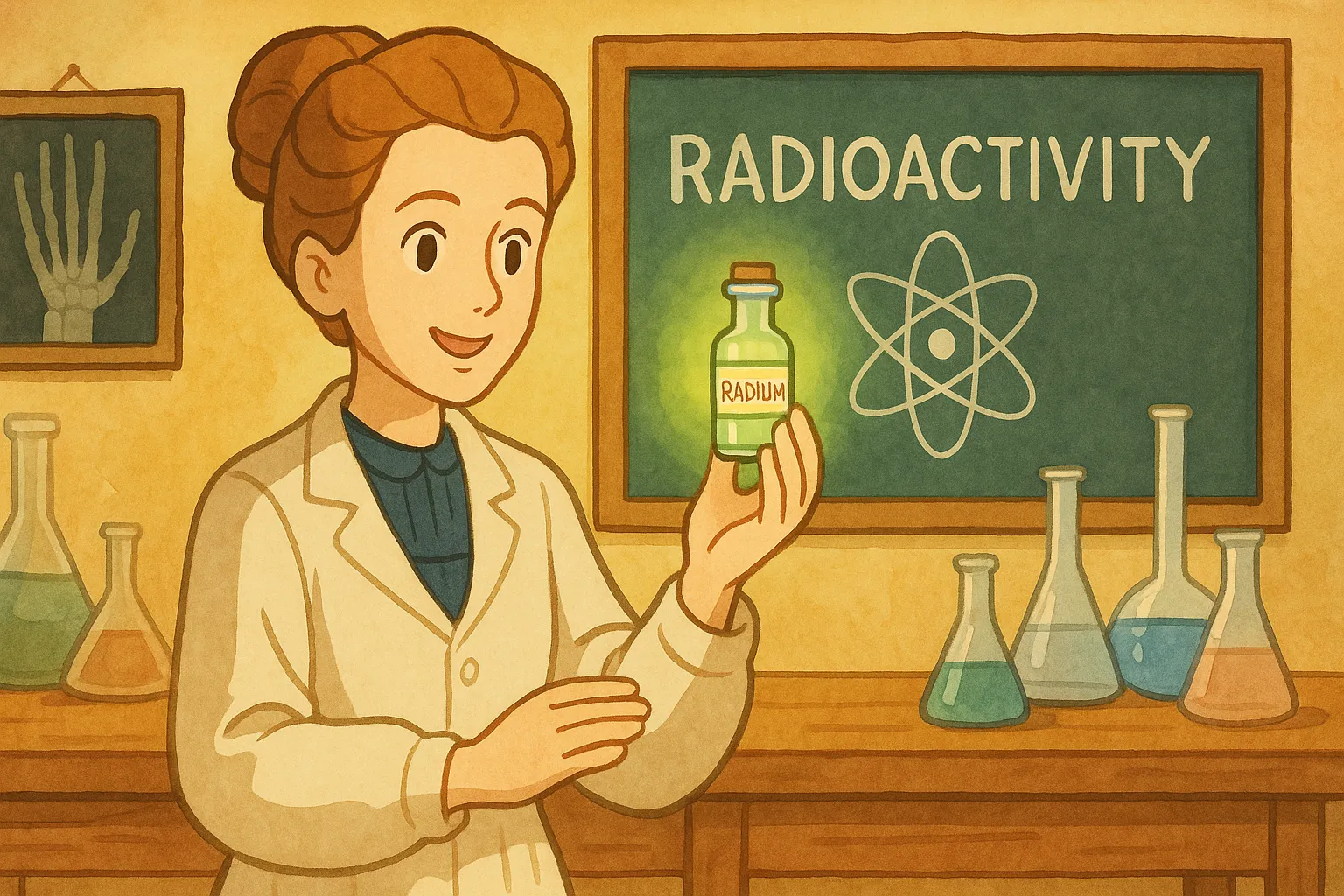
Frequently Asked Questions
Where was Marie Curie born?
She was born in Warsaw, which at the time was part of the Russian Empire (today Poland).
What was her original name?
She was born Maria Skłodowska and later became known as Marie Curie after moving to France.
Who did she work closely with?
She collaborated closely with her husband, Pierre Curie; they performed early experiments together and shared scientific work.
Was she a professor at the Sorbonne?
Yes. In 1906 she became the Sorbonne's first female professor, taking Pierre Curie's teaching position after his death.
How did her scientific work affect her health?
Long-term exposure to radioactive materials likely caused aplastic anemia, the illness that contributed to her death in 1934.
Why is the element polonium named that way?
She named polonium in honor of her native Poland as a patriotic tribute.
Are Marie Curie’s original notebooks safe to touch?
No. Her original notebooks remain highly radioactive and are preserved in lead-lined boxes at French archives.
Did she ever isolate pure radium metal?
Yes. In 1910 she and her team succeeded in isolating tiny quantities of radium metal after lengthy chemical work.
How is she honored today?
Her name graces schools, hospitals, and research institutes worldwide; her remains were moved to the Panthéon in Paris as a national honor.
Are the materials she handled still dangerous?
Many samples and items she used remain radioactive. Their hazards helped create the modern safety standards for handling radioactive materials.
